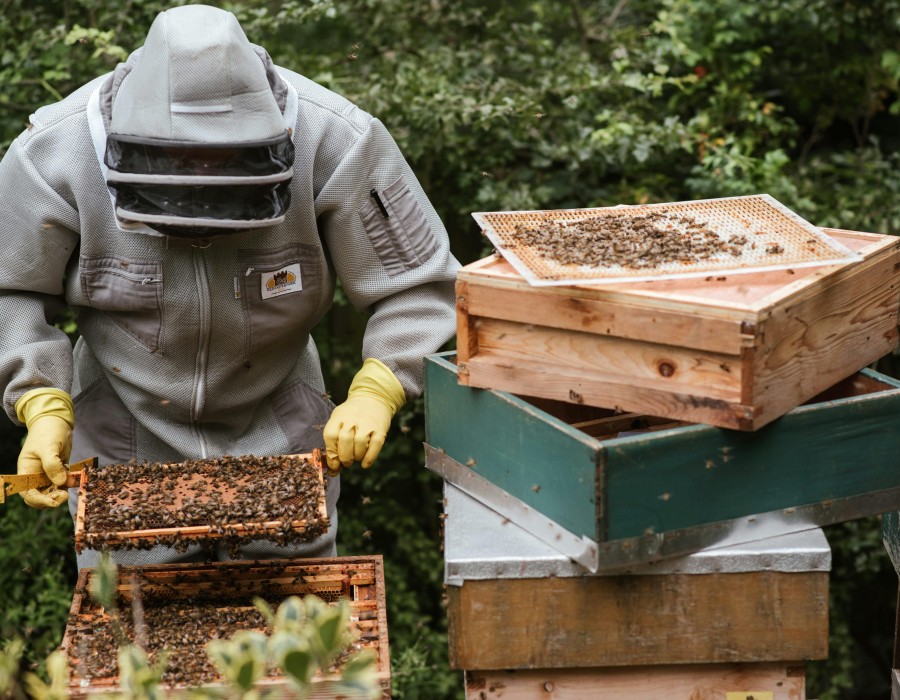It is critical to maximize the yield of honey in every harvest to make the most cohesive, sustainable, and profitable beekeeping business. You will have to understand the entire honey harvesting process in order to make the essential contribution. Equipment plays а central role in how effective the extraction, collection, and processing of honey are. This article is meant to assist beekeepers like you, whether you are a hobbyist or running a large-scale operation, in selecting the proper honey harvesting equipment, which is going to boost your efficiency and yield. By the time you finish reading this, you will be well informed about the choices to make and the qualities to look for.
Understanding Your Beekeeping Needs
In order to increase your efficiency and yield, beekeeping requirements must first be understood. Focusing on the size of your apiary is essential before making any decisions. Different types of honey will require different harvesting techniques, so knowing the type you are working with is а crucial step in making a decision. The use of equipment in a small-scale or hobbyist hive will be distinct from that in larger-scale operations. Take also into account the seasonal concerns; time constraints and adverse weather conditions might affect the harvesting process. Lastly, determine how much you will have to spend on new tools so that you can prioritize accordingly and avoid making hasty decisions.
Essential Honey Harvesting Tools
There is a wide range of honey harvesting equipment that is going to simplify the work in your hive. One of the essential tools will be the honey extractor, with a variety of sizes and types to accommodate your needs. Another useful tool is an uncapping knife or fork, which facilitates the removal of wax cappings from honeycombs. What is more, a bee brush or a smoker is important in keeping your bees calm and reducing the disturbance to them. To put it simply, these small but additional tools, like honey filters and food-safe buckets, will make the entire thing cleaner and more efficient. Understanding these instruments will bring order and efficiency to your honey-collecting yard.
Prioritizing Quality and Durability
Slow things down a bit and pay attention to what you buy to ensure that the harvesting process is robust and effective. You should look for common signs of quality construction, such as joints, welds, and resistance to bending. You should also look for machines that are made of high-quality stainless steel or heavy-duty plastic since these are sustainable and offer a long lifespan. When you hire or buy used equipment, you should pay attention to maintenance history and any signs of excessive wear. Warranties and customer support will help you out in a difficult situation when you come across a problem. Having knowledge of well-known brands is going to save you time and give you a clearer idea of what makes a worthwhile long-term investment.
Safety and Ease of Use
Safety in harvest time is the number one priority in harvesting equipment choice. Always wear the beekeeper's suit, gloves, and the face veil to protect against the bee stings. Tools that are designed to be user-friendly are important; for instance, extractor levers, uncapping devices, and brushes should not require too much strength or dexterity. It is advisable to maintain a calm environment around the bees to lower the chances of a disturbance. Select ergonomic designs of tools, for instance, a skewed box or crank, to save your back. Finally, be aware of equipment with a design that poses a safety risk - for instance, machines that have exposed gears or sharp edges.
Innovation and Technology in Honey Harvesting
You can get a much greater yield in the future by investing in the most innovative technology and harvesting equipment. There is a trend of automation in beekeeping where electronic extractors and tools can help make the process quicker and less labor-intensive. You save even more time with removable frames that are pre-assembled and ready to use in a new hive. The new technologies, such as digital grids, possess the ability to quickly measure the weight of your harvest without any errors. This also extends to eco-friendly solutions such as solar-powered equipment, which help you develop a sustainable beekeeping business.
Conclusion
By knowing your own beekeeping needs, choosing essential tools, and considering factors such as design, one can change the entire honey harvesting process. The secret is to keep the quality in mind, not to compromise safety, and learn about the innovations that are going to change the market. Each detail - from having the right extractor and the uncapping tool, to implementing new technologies - works together to increase your yield and maintain your health. Investing in this future harvest and its productivity is not only a wise choice but also a future-proof one.






Comments